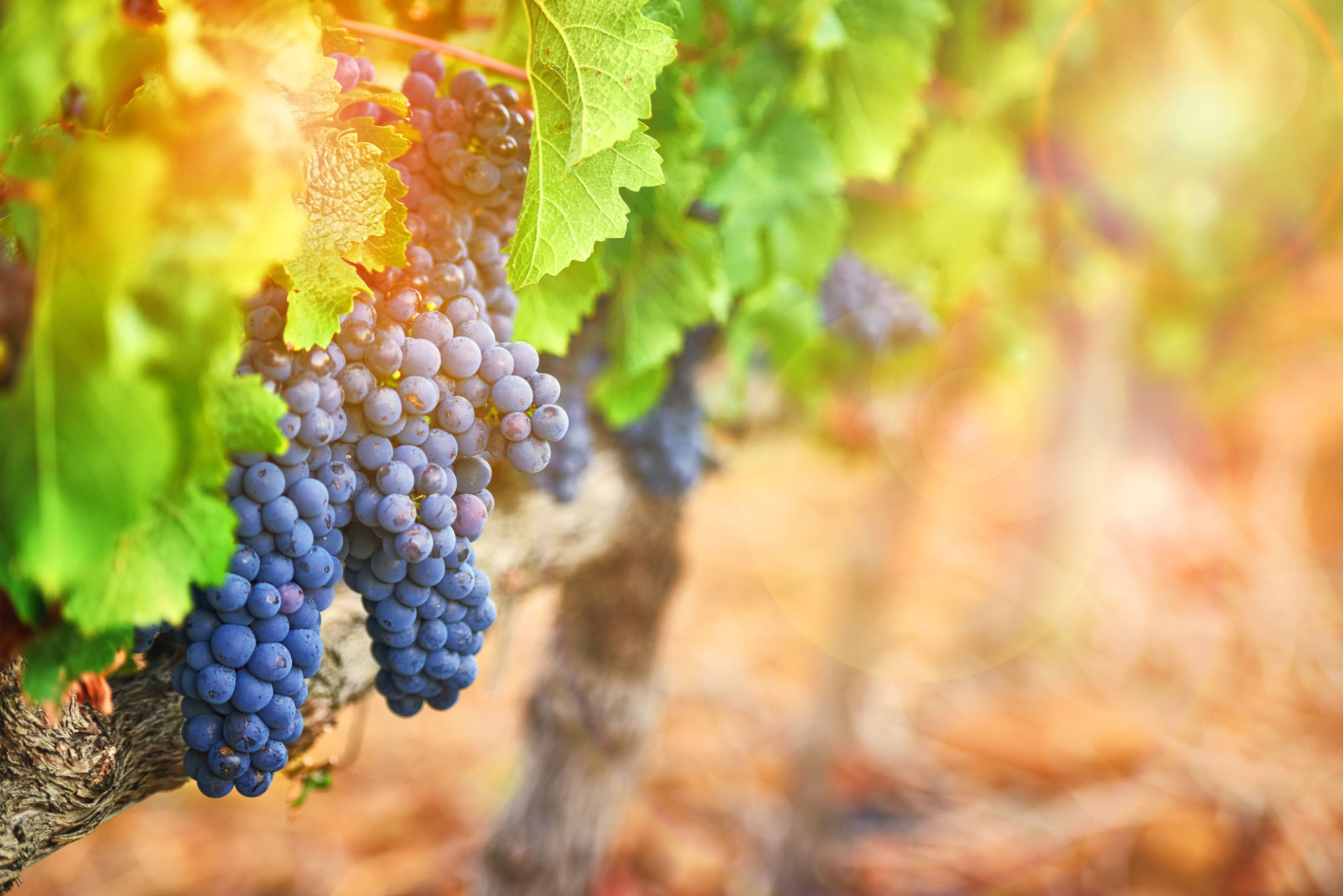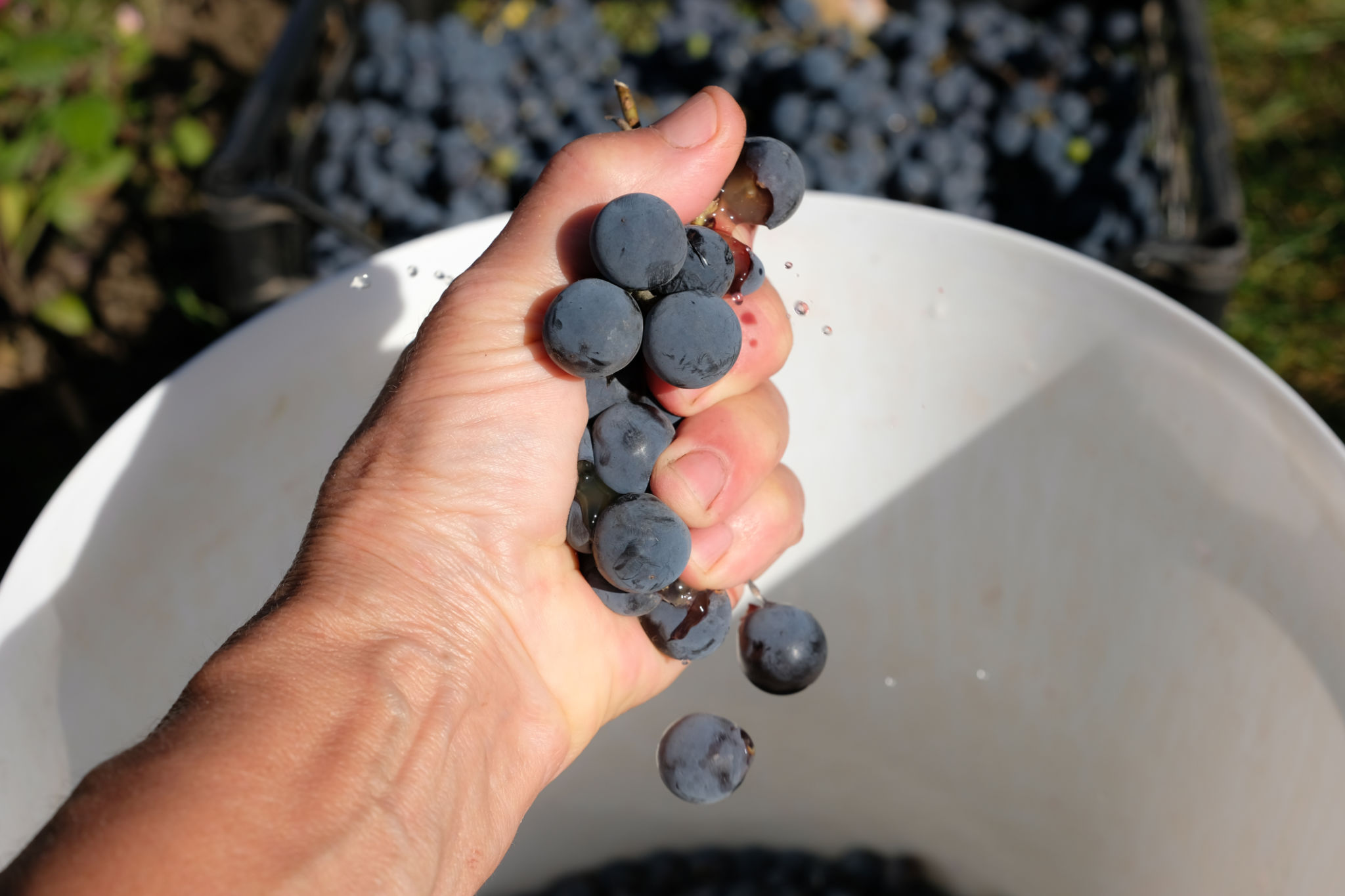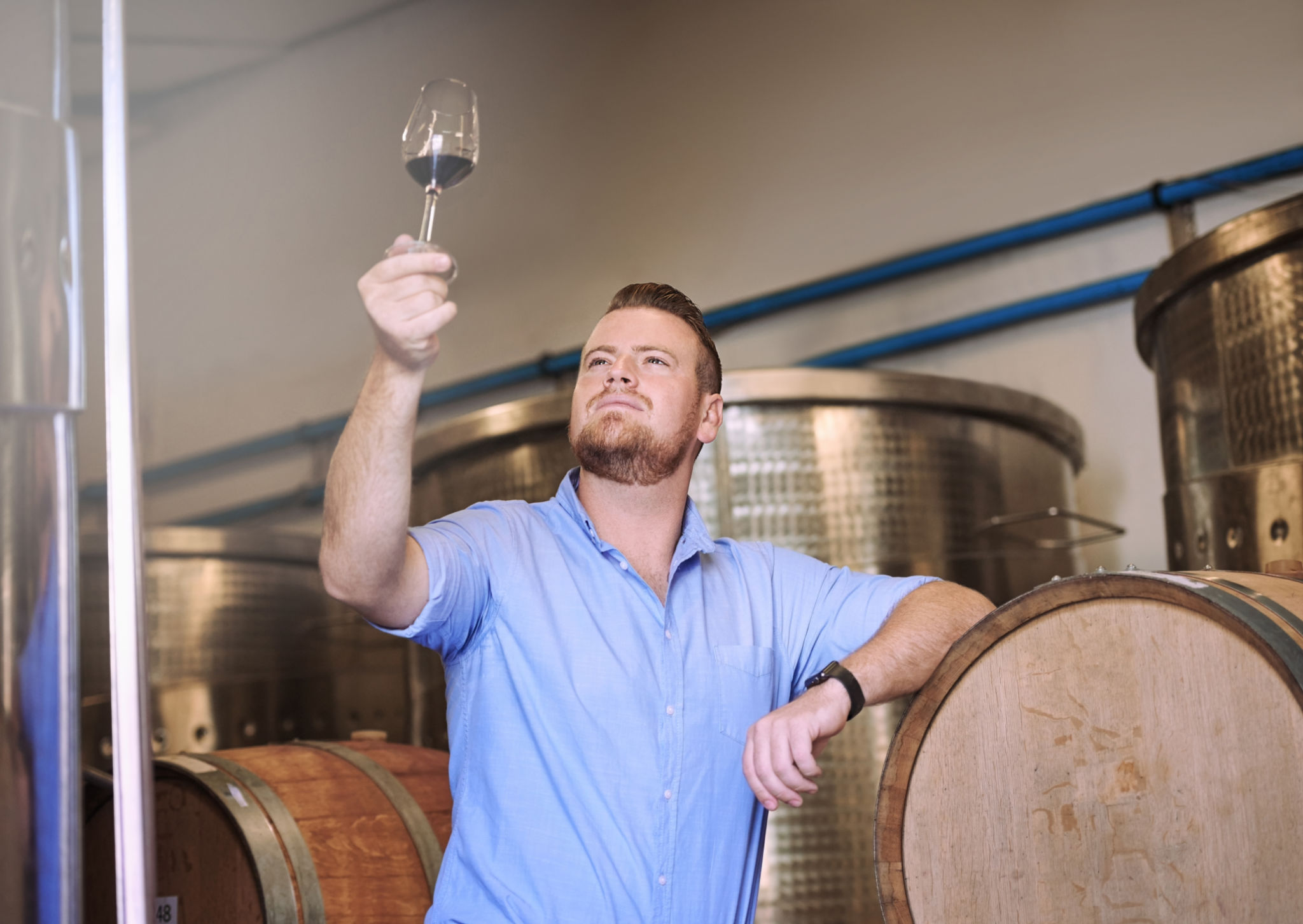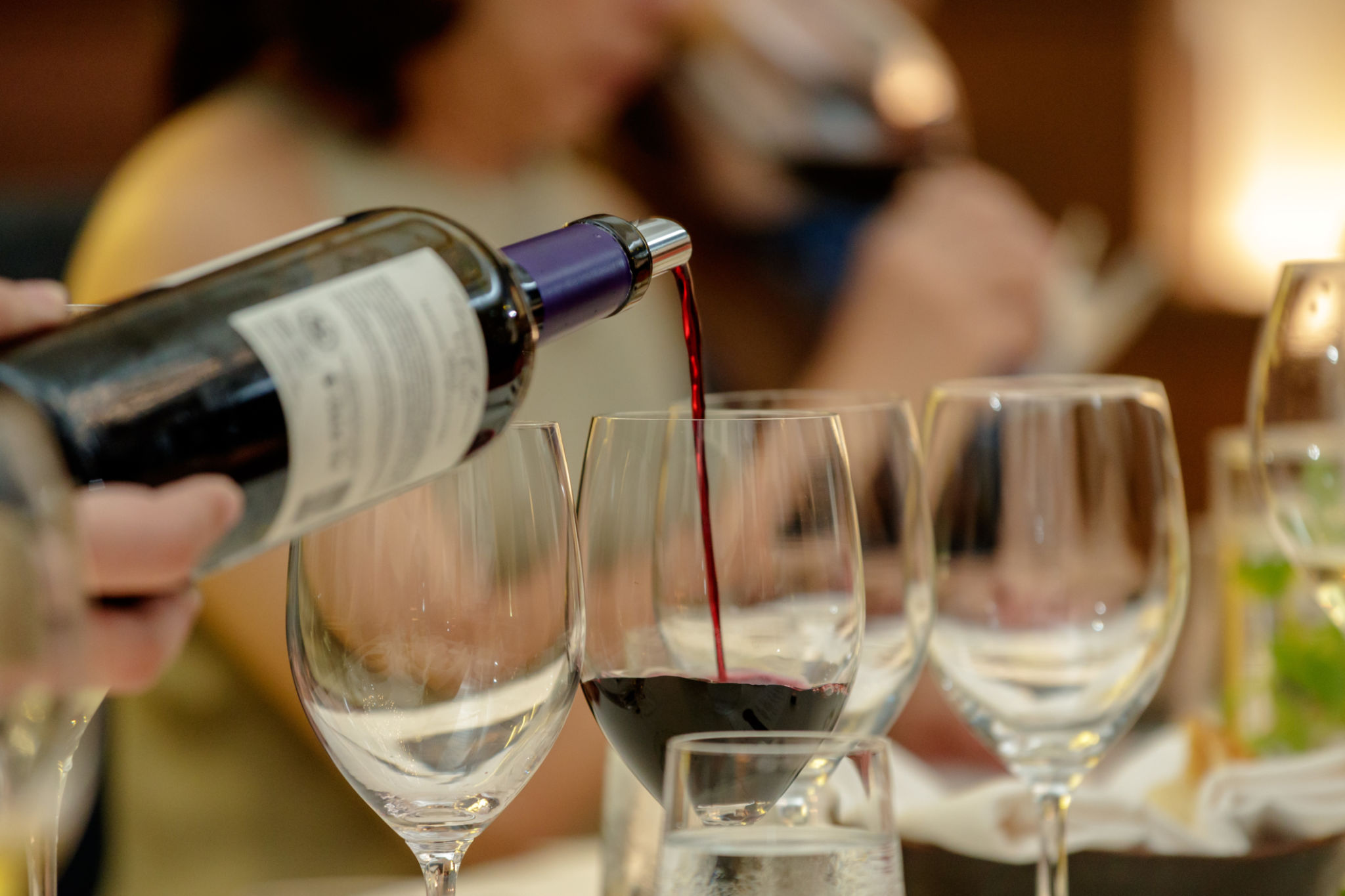From Vine to Table: Understanding the Wine-Making Process
HB
Introduction to Wine-Making
Wine-making is an intricate art that has been perfected over centuries. From the moment grapes are harvested from the vine to the time they are poured into a glass, each step of the process contributes to the unique flavor and quality of the wine. Understanding the journey from vine to table not only enhances appreciation but also offers insight into the labor of love behind every bottle.

The Harvesting Stage
The wine-making process begins with harvesting, a critical step that determines the potential quality of the wine. Grapes are typically picked when they reach their peak ripeness, a decision influenced by factors such as sugar content, acidity, and tannin levels. This can occur from late summer to early fall, depending on the grape variety and the region.
Harvesting can be done manually or mechanically. Manual harvesting allows for a more selective process, ensuring only the best grapes are chosen, while mechanical harvesting is faster and more efficient for larger vineyards.
Crushing and Fermentation
Once harvested, grapes are quickly transported to the winery for crushing. This process involves breaking open the grape skins to release their juice, which is essential for fermentation. Modern wineries often use machines for crushing to ensure consistency and efficiency.

Fermentation is where the magic happens. Yeast is added to the crushed grapes, converting sugars into alcohol. This stage can last from a few days to several weeks, depending on the type of wine being produced. The temperature and duration of fermentation are carefully controlled to develop the desired flavors and aromas.
Maturation and Aging
After fermentation, the wine enters the maturation phase. This period allows the wine to develop its complex flavors and aromas. Wines can be aged in various vessels such as stainless steel tanks, oak barrels, or even concrete vats, each imparting different characteristics to the final product.
Aging can last from several months to several years. Some wines, such as reds, benefit from longer aging periods to soften tannins and enhance depth, while others like whites may be consumed relatively young to retain their fresh, fruity profile.

Bottling and Distribution
Once aged to perfection, the wine is ready for bottling. This stage involves filtering and transferring the wine into bottles, sealing them with corks or caps. Labels are then applied, providing essential information such as the wine’s origin, grape variety, and vintage year.
Finally, the wine is distributed to stores, restaurants, and consumers around the world. This last step is crucial in ensuring that the wine reaches drinkers in optimal condition.
Conclusion: Savoring the Journey
The journey from vine to table is a testament to the dedication and skill of winemakers. Each bottle represents a culmination of careful decisions, from selecting the perfect harvest time to choosing the right aging method. As you sip your next glass of wine, take a moment to appreciate the complex process that brought it from vine to table.
